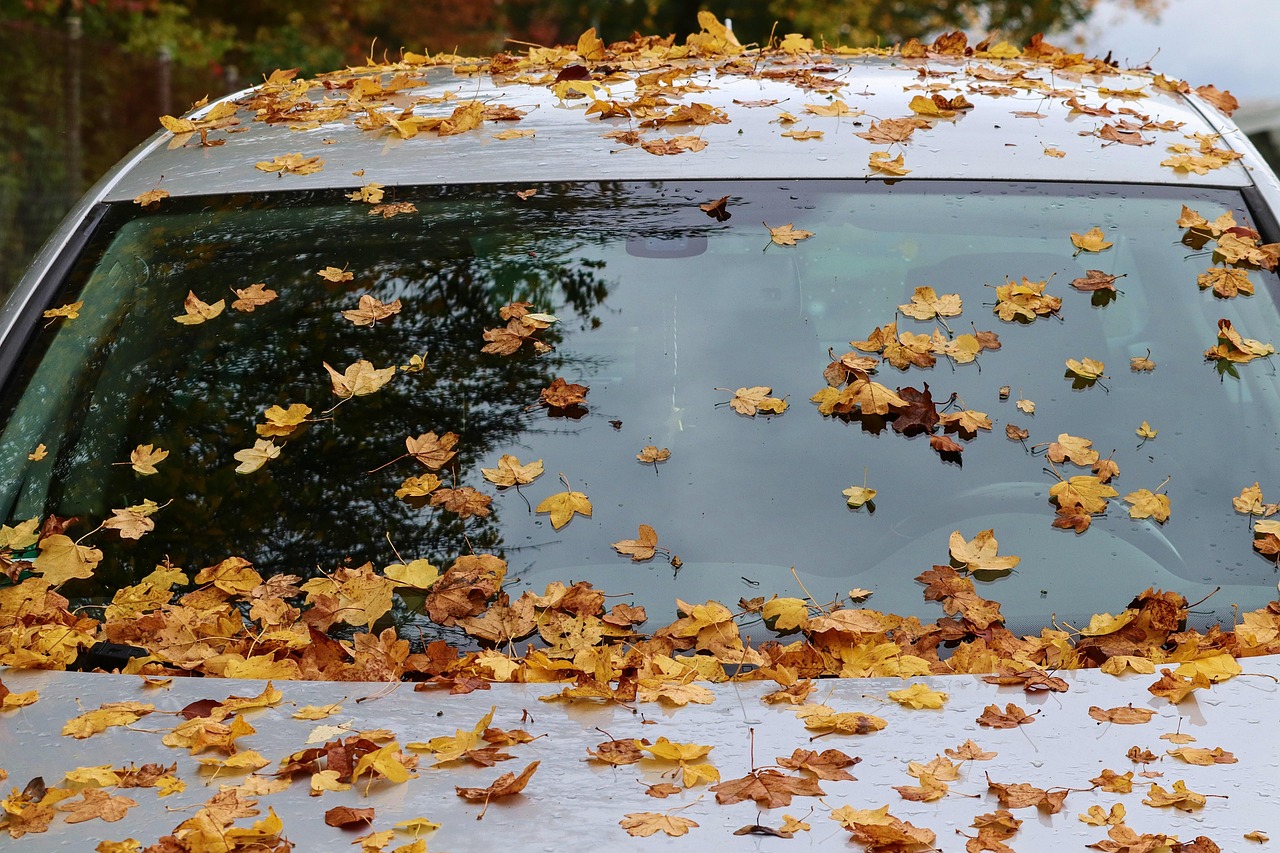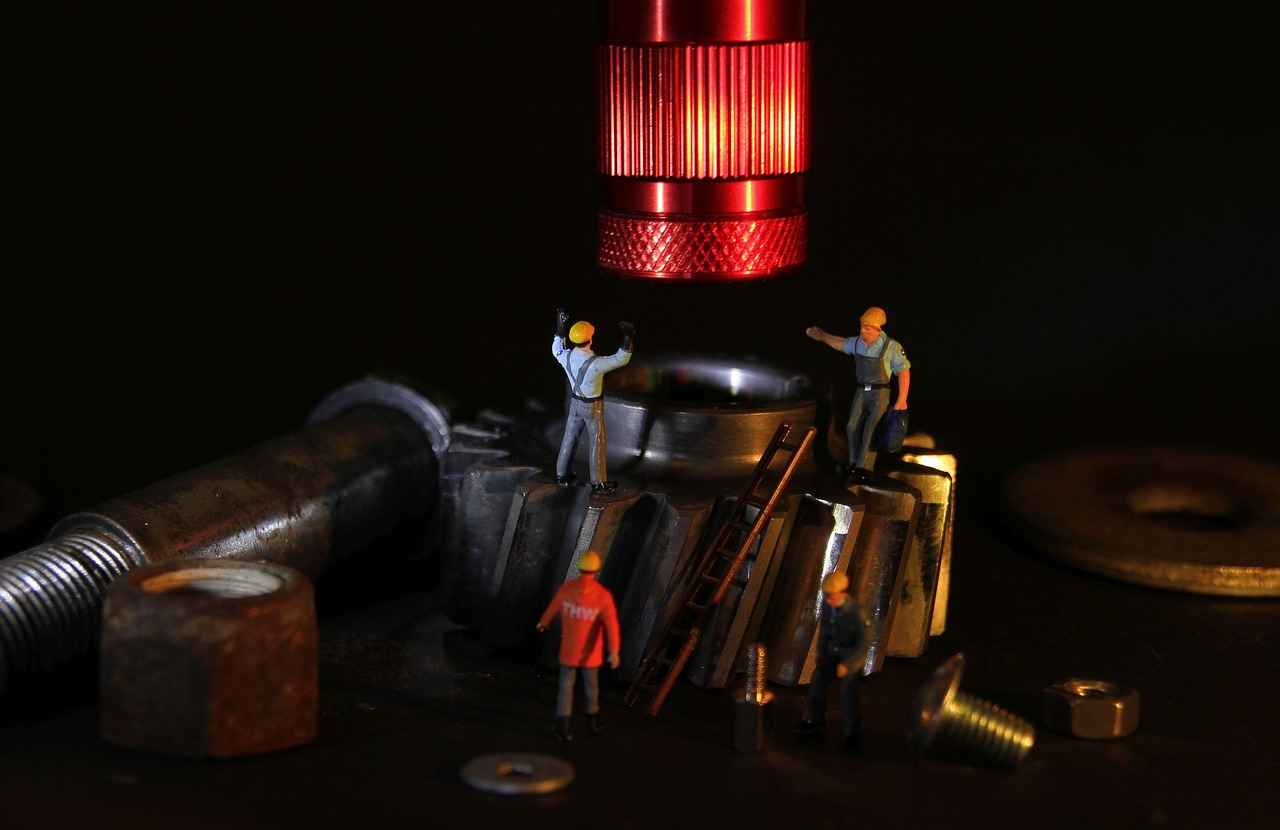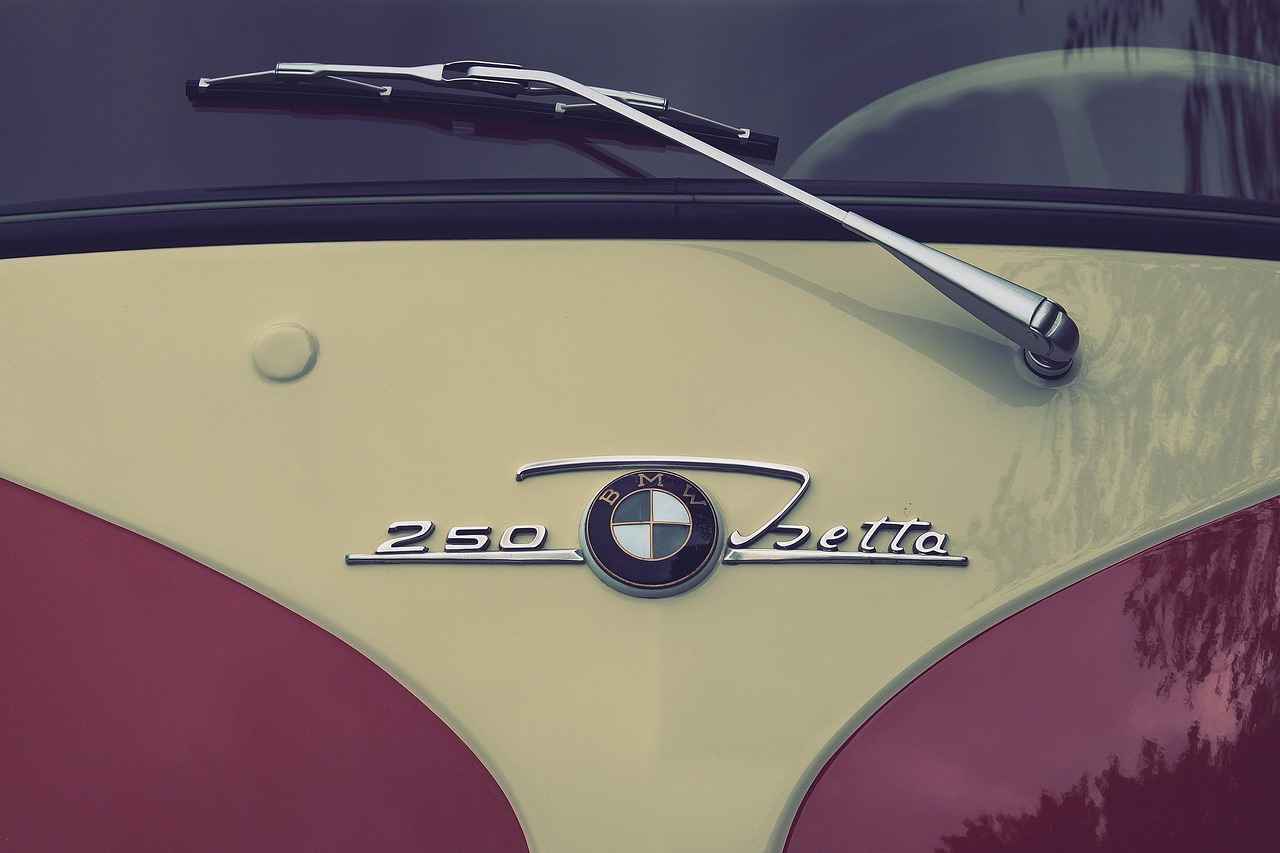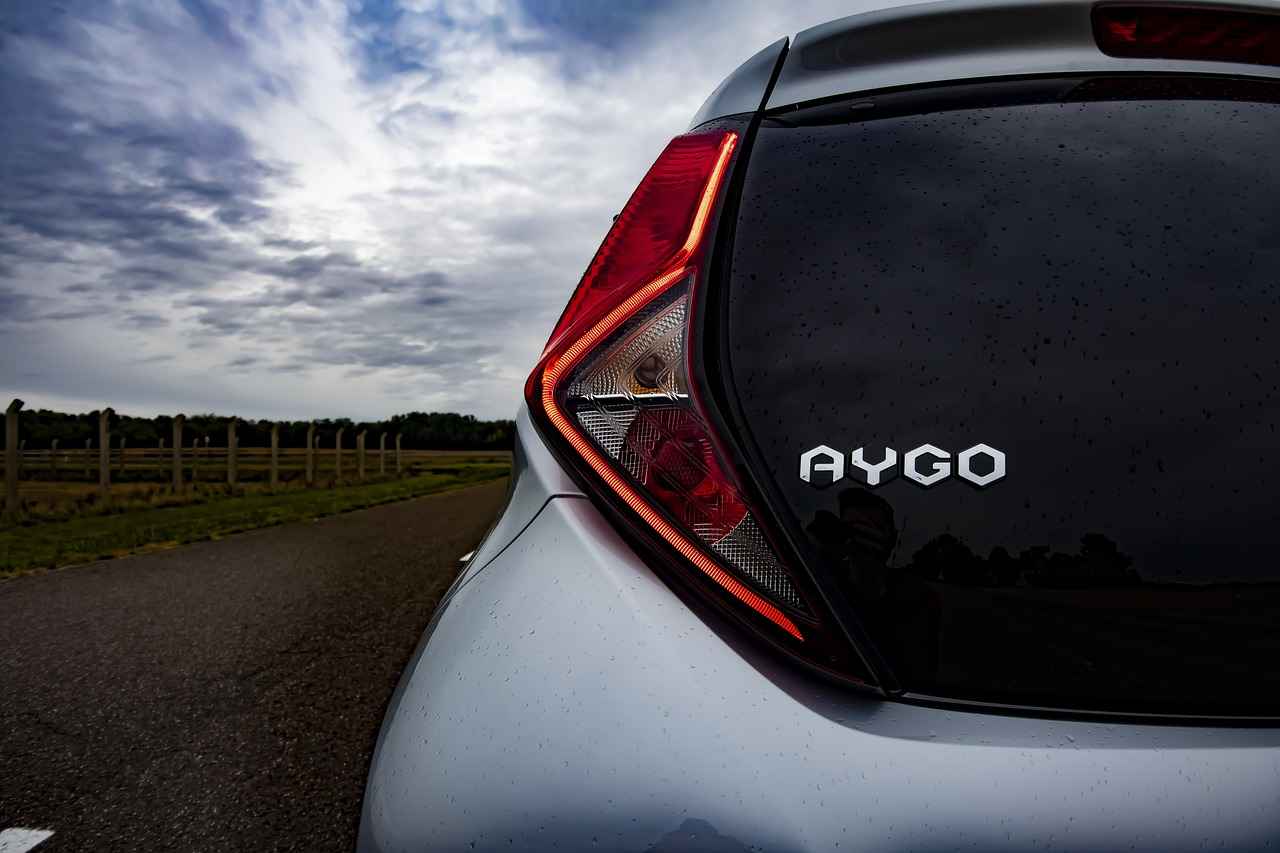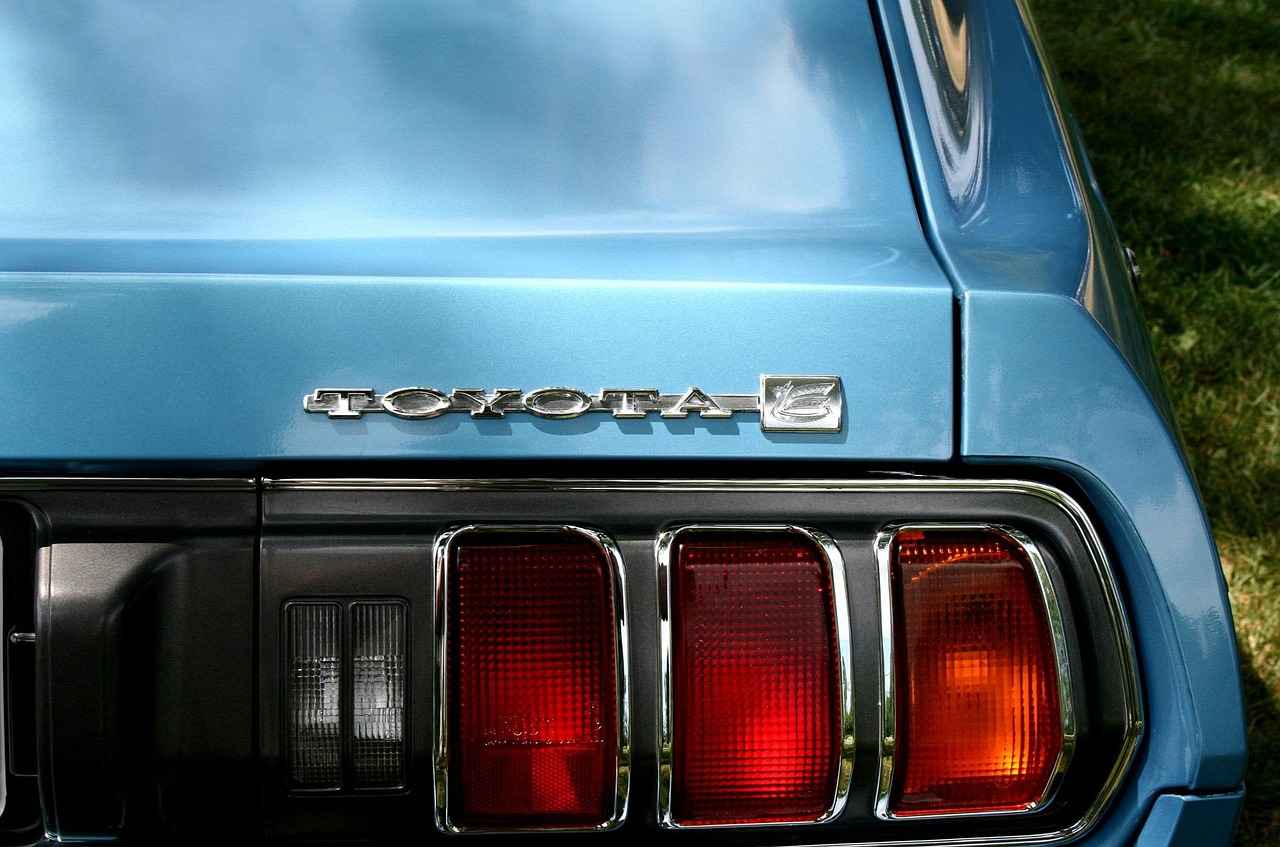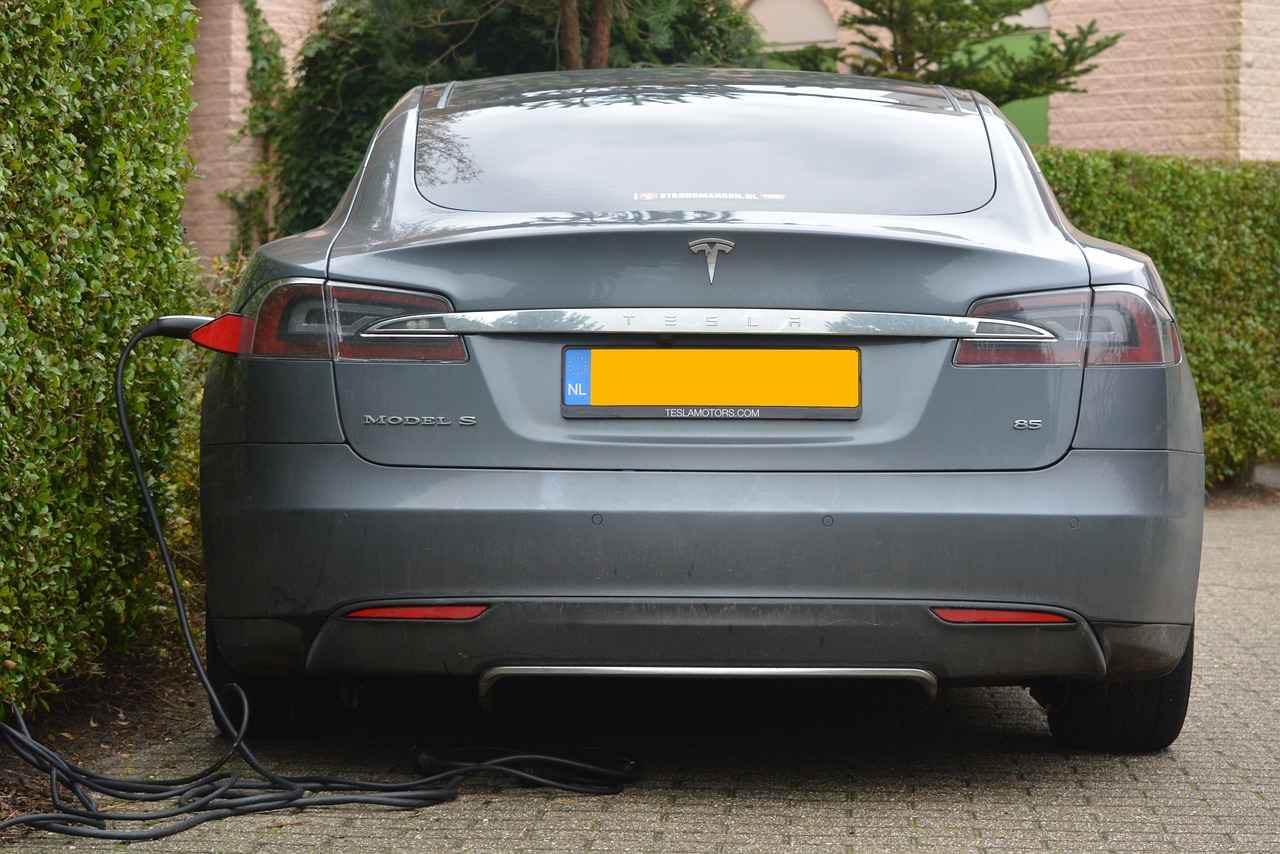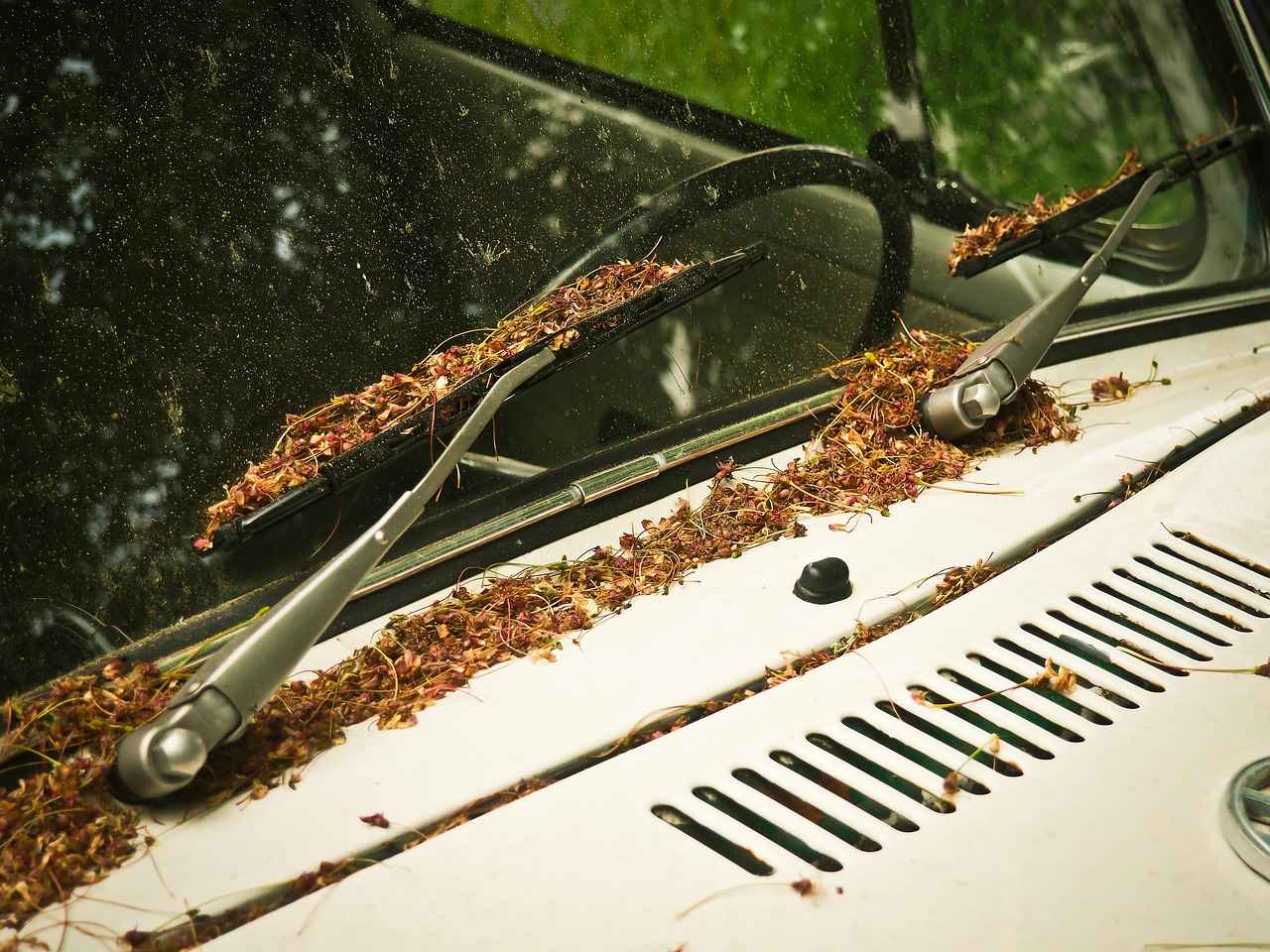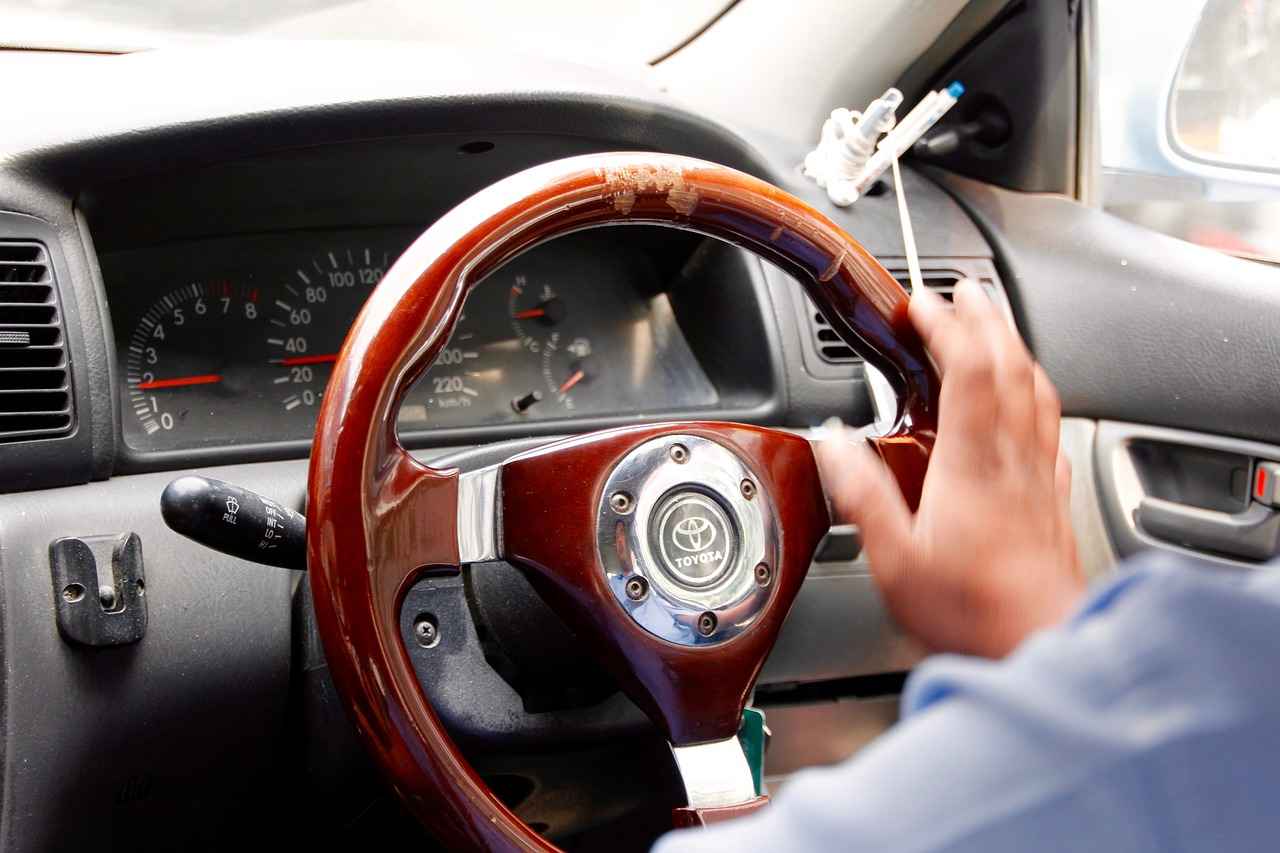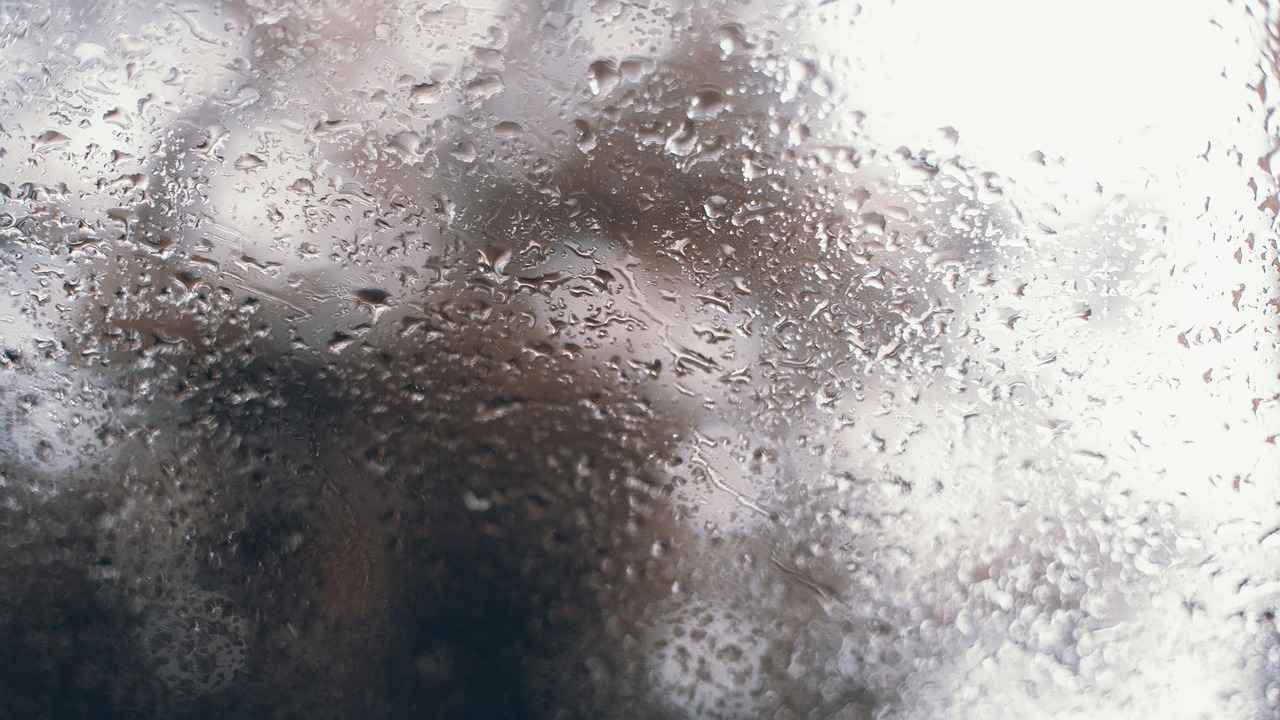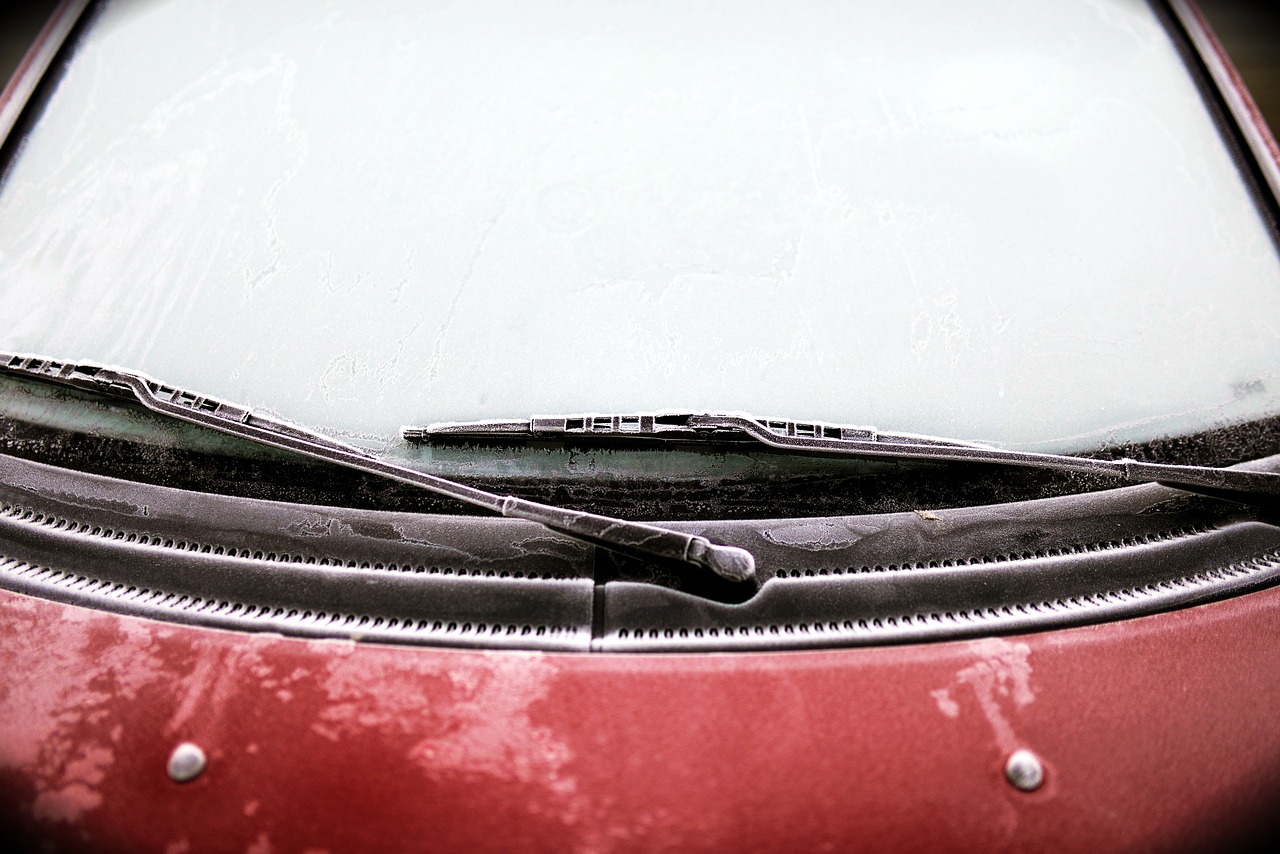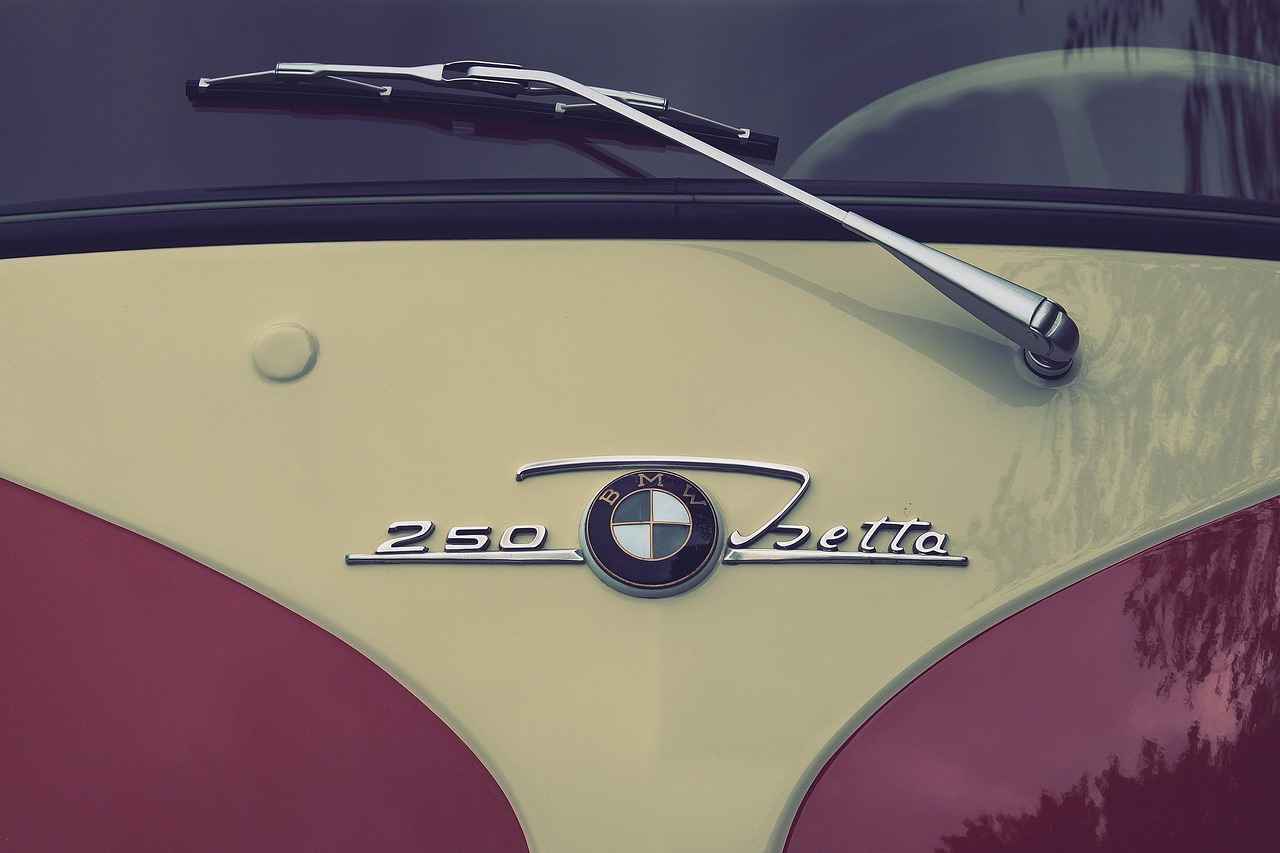This article serves as a comprehensive guide on how to change your windshield wipers efficiently, ensuring that your visibility remains optimal and your safety is prioritized while driving. Mastering this essential maintenance task not only enhances your driving experience but also contributes to your overall vehicle upkeep.
Understanding the significance of regularly changing your windshield wipers can greatly enhance your driving safety. Worn-out wipers can lead to reduced visibility, especially during adverse weather conditions such as rain, snow, or fog. Regularly replacing your wipers ensures that you maintain a clear view of the road, which is crucial for safe driving.
Selecting the appropriate windshield wipers is crucial for effective performance. Factors like size, type, and material can significantly impact how well your wipers function in various conditions.
To find the correct size for your windshield wipers, consult your vehicle’s manual or use online tools that match your car’s make and model with the appropriate wiper sizes. Ensuring you have the right fit is essential for optimal performance.
Windshield wipers come in various types, including conventional, beam, and hybrid. Each type has its advantages, depending on the weather conditions and your specific vehicle needs. Understanding these differences can help you make an informed choice.
Changing your windshield wipers is a straightforward process that can be completed in minutes. Follow these steps to ensure a hassle-free replacement.
- New wiper blades
- Flathead screwdriver
- Clean cloth
Before starting, make sure you have the necessary tools ready. This preparation will make the process smoother and more efficient.
To remove the old wiper blades, lift the wiper arm away from the windshield. Locate the release tab and press it to detach the blade from the arm. Slide the old blade off completely.
Align the new wiper blade with the arm and slide it into place until you hear a click. Gently lower the wiper arm back onto the windshield to avoid causing any damage.
Proper maintenance of your windshield wipers can extend their lifespan and ensure optimal performance. Regular cleaning and inspection are key components of effective wiper maintenance.
Regular inspections should be conducted every few months or before any long trips. Look for signs of wear, such as cracks, splits, or reduced wiping performance. Catching these issues early can save you from potential visibility hazards.
Cleaning your wipers can help remove debris and extend their effectiveness. Use a clean cloth and a mild soap solution to wipe down the rubber blades, keeping them in top condition. This simple task can significantly improve their performance.
By following these guidelines, you can ensure that your windshield wipers are always in excellent working condition, providing you with the visibility and safety you need while driving. Remember, regular maintenance is key to a well-functioning vehicle.
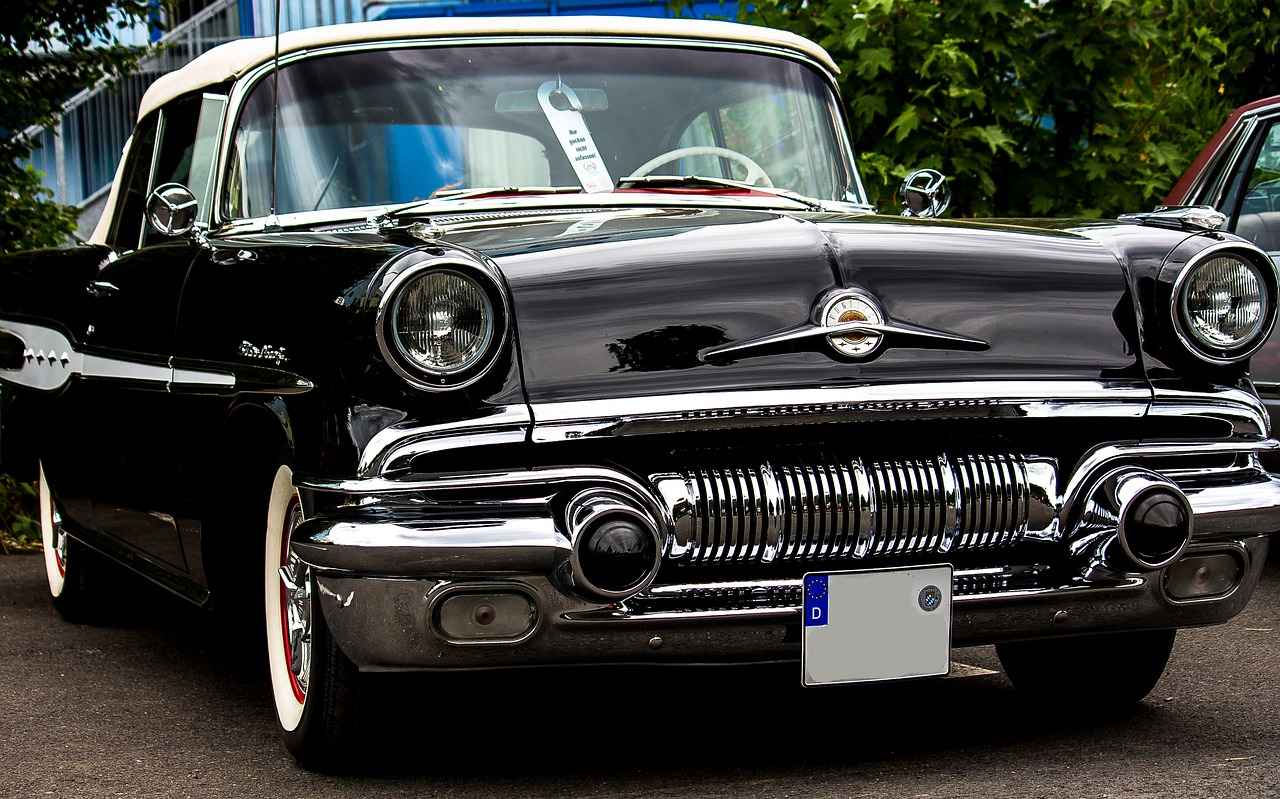
Why is Changing Windshield Wipers Important?
When it comes to maintaining your vehicle, changing your windshield wipers is often overlooked but is crucial for ensuring your safety on the road. In this section, we will delve into the reasons why regularly changing windshield wipers is essential for your driving experience.
Understanding the significance of regularly changing your windshield wipers can greatly enhance your driving safety. Worn-out wipers can lead to reduced visibility, especially during adverse weather conditions such as rain, snow, or fog. This can significantly increase the risk of accidents.
- Improved Visibility: Clear visibility is vital for safe driving. Worn wipers can leave streaks or fail to clear the windshield entirely, obstructing your view.
- Weather Preparedness: In regions with unpredictable weather, having functional wipers is crucial. They help you navigate through sudden downpours or snowstorms.
- Preventing Damage: Old wipers can scratch the windshield due to hardened rubber, leading to costly repairs. Regularly replacing them can save you money in the long run.
According to automotive experts, it is recommended to change your windshield wipers every six months to a year, depending on usage and environmental conditions. Regular inspections are also essential; look for signs of wear such as:
- Cracks or splits in the rubber- Reduced wiping performance- Noisy operation during use
Not only does changing your windshield wipers enhance safety, but it also contributes to a more comfortable driving experience. Imagine driving in a heavy rainstorm with ineffective wipers—the stress and danger it brings can be overwhelming. By prioritizing this simple maintenance task, you are taking a proactive step towards ensuring your safety and that of your passengers.
In addition to safety, functioning wipers can improve the overall aesthetic of your vehicle. Clean, efficient wipers show that you care about your car’s maintenance, reflecting your attention to detail and responsibility as a driver.
Ultimately, the importance of changing your windshield wipers cannot be overstated. It is a small yet significant part of vehicle maintenance that can have a big impact on your safety and driving experience. By staying vigilant and proactive, you can ensure that your wipers are always in top condition, ready to face whatever the weather throws your way.

How to Choose the Right Windshield Wipers?
Choosing the right windshield wipers is essential for ensuring optimal visibility and safety while driving. With various options available in the market, understanding the factors that affect wiper performance can help you make an informed decision. This guide will delve into the key aspects you should consider when selecting windshield wipers.
- Size: The size of your windshield wipers is crucial. Using the wrong size can lead to ineffective wiping, leaving streaks or missed spots. Always refer to your vehicle’s manual or online size guides to find the correct measurements.
- Type: There are several types of windshield wipers available, including conventional, beam, and hybrid. Each type has unique features that cater to different weather conditions. For instance, beam wipers are designed to provide better contact with the windshield, making them ideal for heavy rain or snow.
- Material: The material of the wiper blade can significantly impact its durability and performance. Rubber blades are common and offer good performance in most conditions, while silicone blades may provide longer-lasting performance and better resistance to UV rays.
To ensure you purchase the correct size windshield wipers, you can:
- Consult your vehicle’s owner manual for specifications.
- Visit automotive websites that offer tools to match your car’s make and model with the right wiper sizes.
- Check the existing wipers for size markings, if available.
Understanding the different types of windshield wipers can greatly enhance your driving experience:
- Conventional Wipers: These are the most common type and consist of a rubber blade attached to a metal frame. They are generally more affordable but may not perform as well in extreme weather.
- Beam Wipers: These feature a one-piece design that allows for better contact with the windshield, making them suitable for heavy rain and snow. Their aerodynamic shape helps reduce wind lift at high speeds.
- Hybrid Wipers: Combining features of both conventional and beam wipers, hybrid wipers provide excellent performance in various weather conditions. They typically have a rubber blade with a plastic cover for added durability.
The material of the wiper blade significantly affects its performance and longevity. Consider the following:
- Rubber: Most standard wipers are made from rubber, which provides good performance but may wear out faster in extreme conditions.
- Silicone: These blades are more durable and can last longer than rubber. They also offer better performance in terms of noise reduction and water repellency.
Regular maintenance is key to ensuring your wipers function effectively. It’s advisable to replace your windshield wipers every 6 to 12 months, depending on usage and environmental conditions. Signs that it’s time for a replacement include:
- Streaking on the windshield during use.
- Visible wear and tear, such as cracks or splits in the rubber.
- Unusual noises during operation, indicating that the blades are not making proper contact.
By considering these factors—size, type, and material—you can choose the right windshield wipers that not only enhance visibility but also contribute to your overall driving safety. Investing in high-quality wipers tailored to your vehicle’s needs will ensure you are prepared for any weather conditions.
What Size Wipers Do You Need?
When it comes to ensuring clear visibility while driving, choosing the right size for your windshield wipers is essential. An improper fit can lead to ineffective wiping, leaving streaks and reducing your ability to see clearly in adverse weather conditions. Here’s how you can determine the correct size for your wipers.
Your vehicle’s manual is the most reliable source for finding the correct wiper size. It usually contains a section dedicated to maintenance, where you can find specifications for various components, including windshield wipers. Look for a section that lists the sizes for both the driver and passenger sides, as they may differ.
If you don’t have access to your vehicle’s manual, there are numerous online tools available that can help you find the right wiper sizes. Websites like AutoZone, O’Reilly Auto Parts, or even manufacturer websites allow you to input your vehicle’s make, model, and year. These tools will quickly provide you with the correct sizes for your windshield wipers.
Another effective method is to visit a local auto parts store. The staff can assist you in finding the correct size by referencing their databases or using the physical wipers available in-store. This can be particularly helpful if you prefer to see the wipers before purchasing.
It’s also important to understand that wiper blades come in different types, including conventional, beam, and hybrid. Each type may have different sizing options, so ensure you select the right type for your vehicle along with the correct size. Keep in mind that some vehicles may require specific types of blades for optimal performance.
Depending on your location, you may want to consider changing your windshield wipers with the seasons. For example, winter blades are designed to handle snow and ice, while summer blades may be better suited for rain. Be sure to check the size requirements for any seasonal blades you choose.
If you have your old wipers on hand, you can measure them directly. Use a measuring tape or ruler to determine the length of each blade. This can serve as a quick reference to ensure you are purchasing the correct size. Just remember that the new wipers should match the size of the old ones for proper fit.
Finding the right size for your windshield wipers is a straightforward process that can significantly impact your driving safety. By consulting your vehicle’s manual, utilizing online tools, and considering the type of blade you need, you can ensure that your wipers provide optimal performance. Regularly checking and replacing your wipers will help maintain clear visibility, especially during inclement weather.
What Types of Windshield Wipers Are Available?
When it comes to maintaining your vehicle, windshield wipers are often overlooked, yet they play a critical role in ensuring your safety on the road. Understanding the different types of windshield wipers available can help you make an informed decision that caters to your specific needs and weather conditions.
Windshield wipers come in several types, each designed to cater to different vehicle requirements and environmental conditions. Here’s a detailed look at the three main types:
- Conventional Wipers: These are the traditional style of wipers that consist of a metal frame and rubber blades. They are widely available and typically the most affordable option. Conventional wipers are effective for light to moderate rain but may struggle against heavy downpours or ice buildup.
- Beam Wipers: Beam wipers feature a sleek, aerodynamic design without external frames, which allows for better contact with the windshield surface. This design minimizes wind lift at high speeds, making them ideal for highway driving. They are also less prone to ice accumulation, making them suitable for winter conditions.
- Hybrid Wipers: As the name suggests, hybrid wipers combine features of both conventional and beam wipers. They have a sturdy frame for durability while maintaining the sleek design of beam wipers. This makes them versatile for various weather conditions, providing excellent performance in both rain and snow.
Choosing the right type of windshield wiper depends on several factors:
- Weather Conditions: If you live in an area with heavy rainfall or snow, beam or hybrid wipers may be more effective due to their superior design and performance.
- Vehicle Type: Some vehicles may require specific sizes or types of wipers. Always consult your owner’s manual or a trusted auto parts retailer to ensure compatibility.
- Budget: While conventional wipers are generally cheaper, investing in beam or hybrid wipers may save you money in the long run by offering better durability and performance.
The effectiveness of your windshield wipers directly impacts your visibility while driving. Worn or ineffective wipers can lead to streaking, smearing, or even complete failure to clear the windshield. This can be particularly dangerous during heavy rain or snow, where visibility is already compromised.
Using the appropriate type of wiper for your driving conditions can significantly enhance your visibility and safety. For instance, beam wipers provide a more consistent wipe across the entire windshield, reducing blind spots and ensuring a clearer view of the road ahead.
In summary, understanding the types of windshield wipers available—conventional, beam, and hybrid—can help you select the best option for your vehicle and driving conditions. Regularly replacing your wipers and choosing the right type not only improves visibility but also enhances overall road safety.

Step-by-Step Guide to Changing Windshield Wipers
Changing your windshield wipers is an essential maintenance task that can greatly enhance your driving experience. Not only does it improve visibility during rain or snow, but it also contributes to overall safety on the road. In this step-by-step guide, we will walk you through the process of changing your windshield wipers efficiently and effectively.
Replacing your windshield wipers is a straightforward process that anyone can do in just a few minutes. Follow these steps to ensure a hassle-free replacement:
- New windshield wiper blades
- Flathead screwdriver (if necessary)
- Clean cloth for windshield cleaning
Before you start, make sure you have all the necessary tools at hand. Having everything prepared will help streamline the process.
Gently lift the wiper arm away from the windshield until it is in a vertical position. This will give you better access to the wiper blade and make the removal process easier.
Locate the release tab on the wiper blade. This tab is usually found where the blade connects to the arm. Press the tab and gently slide the blade off the wiper arm. If your wipers have a different attachment mechanism, consult the manufacturer’s instructions for specific guidance.
Take your new wiper blade out of its packaging. Before installation, it’s a good idea to wipe the rubber part of the blade with a clean cloth to remove any dust or debris that may have accumulated during storage.
Align the new wiper blade with the wiper arm. Slide it into place until you hear a click, indicating that it is securely attached. Make sure the blade is oriented correctly to achieve optimal performance.
Carefully lower the wiper arm back onto the windshield. Be gentle to avoid damaging the glass or the wiper mechanism. Ensure that the blade is making full contact with the windshield for effective wiping.
Once both wipers have been replaced, turn on your vehicle and test the new wipers. Activate the windshield washer fluid to ensure the blades are functioning properly. Look for any skipping or chattering, which may indicate incorrect installation.
Regularly changing your windshield wipers is crucial for maintaining optimal visibility and safety while driving. Worn-out wipers can lead to streaking, reduced visibility, and even damage to your windshield over time.
It is recommended to replace your windshield wipers every six months to a year, depending on usage and weather conditions. Keep an eye out for signs of wear, such as:
- Cracks or splits in the rubber blade
- Chattering or skipping during operation
- Streaks left on the windshield after wiping
To extend the lifespan of your windshield wipers, regular maintenance is key. Here are some tips:
- Clean the blades regularly with a damp cloth to remove debris.
- Check for wear and tear during routine vehicle maintenance.
- Use windshield washer fluid to keep the blades lubricated.
By following these steps and maintaining your wipers, you can ensure a clear view of the road ahead, enhancing your safety and driving experience.
Gather Your Tools and Materials
Before you embark on the task of changing your windshield wipers, it is essential to gather all necessary tools and materials. This preparation will not only streamline the process but also ensure that you complete the task efficiently and effectively. Below is a comprehensive list of what you will need:
- New Wiper Blades: Ensure that you select the correct size and type for your vehicle. Refer to your owner’s manual or consult an online guide to find the appropriate specifications.
- Flathead Screwdriver: This tool is crucial for releasing the old wiper blades from their arms. It may also be useful for any adjustments or minor repairs.
- Clean Cloth: A clean cloth is necessary to wipe away any debris or dirt from the windshield before you install the new wipers. This will help ensure a clear view when driving.
- Bucket of Soapy Water: Optional, but recommended for cleaning the windshield and wiper arms. A mild soap solution will help remove grime and improve the performance of your new wipers.
- Safety Glasses: Protect your eyes from any debris that may fall during the process.
Once you have gathered these tools, you are well on your way to changing your windshield wipers like a pro. It is advisable to perform this task in a well-lit area, preferably in your garage or driveway, to ensure you can see all components clearly.
In addition to the basic tools, consider the following tips:
- Check Weather Conditions: If it’s rainy or windy, it may be best to wait until conditions improve to avoid any accidents while working.
- Have a Friend Assist: If possible, have someone help you by holding the wiper arm while you remove or install the blades. This can prevent the arm from snapping back against the windshield, which could cause damage.
Taking the time to prepare properly will ensure that your windshield wiper replacement goes smoothly and that you achieve optimal results. Remember, proper visibility is crucial for safe driving, especially in adverse weather conditions. By ensuring you have all the right tools and materials, you are setting yourself up for success in this essential maintenance task.
Remove the Old Wiper Blades
Changing your windshield wipers is a simple yet essential maintenance task that can significantly improve your driving safety. One critical step in this process is to properly. This guide will provide you with a detailed approach to ensure you do this efficiently and without any hassle.
To begin the removal process, first ensure that your vehicle is parked on a flat surface and the ignition is turned off. Follow these steps for a smooth removal:
- Lift the Wiper Arm: Gently lift the wiper arm away from the windshield. This action creates enough space to work without damaging the glass.
- Locate the Release Tab: Examine the wiper blade closely to find the release tab. This tab is typically located at the base of the wiper blade where it connects to the arm.
- Press the Tab: Firmly press the release tab. You may need to use a little force, but be careful not to apply excessive pressure that could break the tab or damage the wiper arm.
- Detach the Blade: Once the tab is pressed, gently slide the wiper blade off the arm. Make sure to pull it straight out to avoid bending or breaking any components.
- Repeat for the Other Blade: If you are changing both wiper blades, repeat the same process for the other side.
It’s important to handle the wiper arm carefully. If you let it snap back against the windshield, you could risk damaging the glass. Always lower it gently after removing the blade.
Understanding the significance of properly removing old wiper blades is crucial for a seamless replacement. Improper handling can lead to:
- Damage to the Wiper Arm: If the arm is bent or broken, it may not hold the new blade securely.
- Increased Replacement Difficulty: A damaged arm can make it challenging to install new blades correctly.
- Safety Risks: Worn-out or improperly installed wipers can lead to reduced visibility during rain or snow, increasing the risk of accidents.
To ensure a hassle-free experience when removing and replacing your windshield wipers, consider the following tips:
- Consult Your Vehicle’s Manual: Always refer to your vehicle’s manual for specific instructions related to your make and model.
- Choose Quality Wiper Blades: Invest in high-quality wiper blades that are suitable for your driving conditions.
- Regular Maintenance: Inspect your wipers regularly for signs of wear and replace them as needed to maintain optimal performance.
By following these steps and tips, you can confidently remove your old wiper blades and prepare for a successful installation of new ones. This simple task can greatly enhance your visibility and safety while driving, especially in adverse weather conditions.
Install the New Wiper Blades
When it comes to maintaining your vehicle, changing the windshield wipers is often overlooked, yet it is a crucial task for ensuring your safety on the road. In this section, we will delve into the proper method of installing new wiper blades, providing you with a detailed guide that will help you complete this task effectively.
Once you have successfully removed the old wiper blades, it’s time to install the new ones. This process is straightforward, but it’s essential to follow the steps carefully to ensure a secure fit. Here’s how to do it:
- Align the Wiper Blade: Begin by taking the new wiper blade and positioning it so that it aligns properly with the wiper arm. This alignment is crucial for optimal performance.
- Slide into Place: Gently slide the new wiper blade onto the arm. You should feel it fit snugly into place. Keep an ear out for a click sound, which indicates that the blade is securely attached.
- Check the Attachment: After you hear the click, give the blade a gentle tug to ensure it is firmly attached. This step is vital to prevent any accidents while driving.
- Lower the Wiper Arm: Carefully lower the wiper arm back onto the windshield. It’s important to do this gently to avoid any damage to the windshield or the new wiper blade. Allow the arm to rest lightly against the glass.
Before you finish, take a moment to double-check that the new wiper blades are correctly installed. This can save you from potential issues during rain or snow. If you notice any misalignment, simply lift the wiper arm again and adjust the blade until it fits perfectly.
After installation, it’s a good idea to test the wipers to ensure they function smoothly. Turn on your vehicle and activate the wipers to check for any unusual noises or performance issues. If everything seems to be in order, you can feel confident that your new wiper blades are ready to tackle any weather condition.
By following these steps, you not only enhance your visibility during adverse weather but also contribute to your overall safety on the road. Remember, regular maintenance of your windshield wipers can significantly improve their lifespan and functionality.

How to Maintain Your Windshield Wipers?
Maintaining your windshield wipers is essential for ensuring clear visibility and safety while driving. Regular upkeep not only prolongs the lifespan of the wipers but also enhances their performance during adverse weather conditions. This guide will provide you with comprehensive insights on how to effectively maintain your windshield wipers.
Windshield wipers are your first line of defense against rain, snow, and debris. Neglecting their maintenance can lead to diminished visibility, which could result in dangerous driving situations. Regular maintenance helps to ensure that your wipers are ready to perform at their best when you need them the most.
- Streaking: If your wipers leave streaks on the windshield, it may be time for a replacement.
- Skipping: Wipers that skip across the glass may be worn out or damaged.
- Noisy Operation: Squeaking or grinding noises can indicate that the rubber is deteriorating.
- Cracks or Tears: Visibly damaged blades should be replaced immediately to avoid reduced effectiveness.
It is advisable to inspect your windshield wipers every three to six months. Additionally, check them before embarking on long trips or during seasonal changes, as different weather conditions can accelerate wear and tear. Keeping an eye on their condition can help prevent unexpected failures.
Cleaning your wipers is a simple yet effective way to maintain their functionality. Follow these steps:
- Gather Your Supplies: You will need a clean cloth, mild soap, and water.
- Lift the Wiper Arms: Gently lift the wiper arms away from the windshield.
- Wipe the Blades: Use the cloth soaked in the soap solution to wipe down the rubber blades. Make sure to remove any dirt or debris.
- Rinse and Dry: Wipe the blades with a damp cloth to remove any soap residue, then dry them thoroughly.
If you’re replacing your wipers and not installing new ones immediately, it’s important to store them correctly:
- Keep Them in a Cool, Dry Place: Avoid areas with extreme temperatures or humidity.
- Protect the Blades: Store them in their original packaging or cover them with a cloth to prevent dust accumulation.
There are several products available that can enhance the performance of your windshield wipers:
- Wiper Blade Cleaner: Specially formulated cleaners can help maintain the rubber’s flexibility.
- Windshield Treatment Solutions: Products designed to improve water beading can reduce the strain on your wipers.
In conclusion, proper maintenance of your windshield wipers is a vital aspect of vehicle upkeep. By regularly inspecting, cleaning, and replacing your wipers as necessary, you can ensure optimal performance and safety on the road. Remember, a little attention can go a long way in maintaining clear visibility during those crucial moments while driving.
When Should You Inspect Your Wipers?
Maintaining your windshield wipers is crucial for ensuring safe driving conditions. One of the essential aspects of this maintenance is knowing when to inspect your wipers. Regular inspections can prevent unexpected failures and enhance your visibility during adverse weather conditions.
Windshield wipers play a critical role in maintaining clear visibility while driving. Over time, exposure to elements like sun, rain, and snow can cause the rubber blades to deteriorate. Regular inspections allow you to identify signs of wear early, ensuring that you can replace them before they become ineffective.
It is advisable to conduct inspections every few months, particularly before long trips. This proactive approach can help you spot potential issues that could impair your driving experience. During these checks, pay attention to the following:
- Cracks and Splits: Look closely at the rubber blades for any visible damage. Even small cracks can reduce performance significantly.
- Reduced Wiping Performance: Test your wipers during light rain to see if they effectively clear the windshield. If they leave streaks or missed spots, it’s time for a replacement.
- Noise: Listen for any unusual sounds while the wipers are in operation. Squeaking or chattering can indicate that the blades are worn out.
When inspecting your windshield wipers, focus on:
- The condition of the rubber blades- The wiper arms for proper tension- The connection points for any signs of rust or corrosion
Addressing these factors can significantly enhance the lifespan and effectiveness of your wipers, ensuring they perform optimally when you need them the most.
In addition to regular inspections, maintaining your windshield wipers is essential. Here are some practical tips:
- Cleaning: Use a clean cloth and mild soap solution to wipe down the rubber blades regularly. This helps remove dirt and grime that can affect performance.
- Storage: If you live in an area with extreme weather, consider storing your vehicle in a garage or using a windshield cover to protect the wipers from harsh conditions.
- Replacement: If you notice any signs of wear or damage, replace your wipers promptly. This simple action can prevent more significant issues down the line.
By following these guidelines for inspecting and maintaining your windshield wipers, you can ensure that they remain in top condition, enhancing your safety and visibility on the road.
How to Clean Your Windshield Wipers?
Maintaining your windshield wipers is essential for ensuring a clear view while driving, especially in inclement weather. Cleaning your wipers regularly not only enhances their performance but also extends their lifespan, saving you money and improving safety on the road.
Windshield wipers are your first line of defense against rain, snow, and debris. Over time, dirt, grime, and other residues can accumulate on the rubber blades, leading to streaks and reduced visibility. Regular cleaning helps to:
- Enhance Visibility: Clean blades ensure a clear view, minimizing blind spots.
- Prevent Damage: Dirt and debris can cause wear and tear on the rubber, leading to cracks and splits.
- Improve Performance: Well-maintained wipers operate more effectively, providing better coverage on the windshield.
To effectively clean your windshield wipers, gather the following materials:
- A clean, soft cloth or microfiber towel
- A mild soap solution (mix water with a few drops of dish soap)
- Optional: Rubbing alcohol or vinegar for tougher grime
Follow these simple steps to clean your wipers and keep them in optimal condition:
- Lift the Wiper Arms: Gently pull the wiper arms away from the windshield until they are in a vertical position.
- Prepare the Cleaning Solution: Mix a few drops of mild soap with water in a bowl or spray bottle.
- Wipe Down the Blades: Dampen the cloth with the soap solution and wipe along the length of the rubber blades. Ensure you remove any visible debris and grime.
- Use Additional Cleaners if Necessary: For stubborn stains, apply a small amount of rubbing alcohol or vinegar directly to the cloth and wipe the blades again.
- Dry the Blades: After cleaning, use a dry section of the cloth to wipe the blades again, ensuring no moisture remains.
- Lower the Wiper Arms: Carefully return the wiper arms to their original position on the windshield.
It’s recommended to clean your windshield wipers at least once a month, or more frequently if you live in an area with heavy pollen, dust, or adverse weather conditions. Additionally, inspect them during routine maintenance checks or before long trips to ensure they are functioning effectively.
While cleaning can prolong the life of your wipers, there are times when replacement is necessary. Look for these signs:
- Streaking: If your wipers leave streaks on the windshield after cleaning, it may indicate that the rubber is worn out.
- Chattering: If your wipers make a chattering noise while in use, it could mean that they aren’t making proper contact with the glass.
- Visible Damage: Inspect the rubber for cracks, splits, or missing pieces.
By taking the time to clean and maintain your windshield wipers, you can ensure a safer driving experience. Regular upkeep not only improves visibility but also enhances the durability of your wipers, making them a critical component of your vehicle’s safety features.
Frequently Asked Questions
- How often should I change my windshield wipers?
It’s generally recommended to change your windshield wipers every 6 to 12 months. However, if you notice streaking or skipping, it’s time for a replacement sooner!
- Can I use any windshield wiper blade on my car?
No, using the correct size and type of wiper blade is crucial for optimal performance. Always check your vehicle’s manual or use online tools to find the right match.
- What’s the difference between conventional and beam wipers?
Conventional wipers have a frame that holds the blade, while beam wipers are designed without a frame, providing a more even pressure across the windshield. Beam wipers tend to perform better in harsh weather!
- How can I tell if my wipers need cleaning?
If your wipers are leaving streaks or not clearing water effectively, it’s a sign they need cleaning. A simple wipe with a clean cloth can often do the trick!
- Is it difficult to change windshield wipers myself?
Not at all! Changing your windshield wipers is a quick and easy task that can be done in just a few minutes with minimal tools. If you can lift a wiper arm, you can replace the blade!
